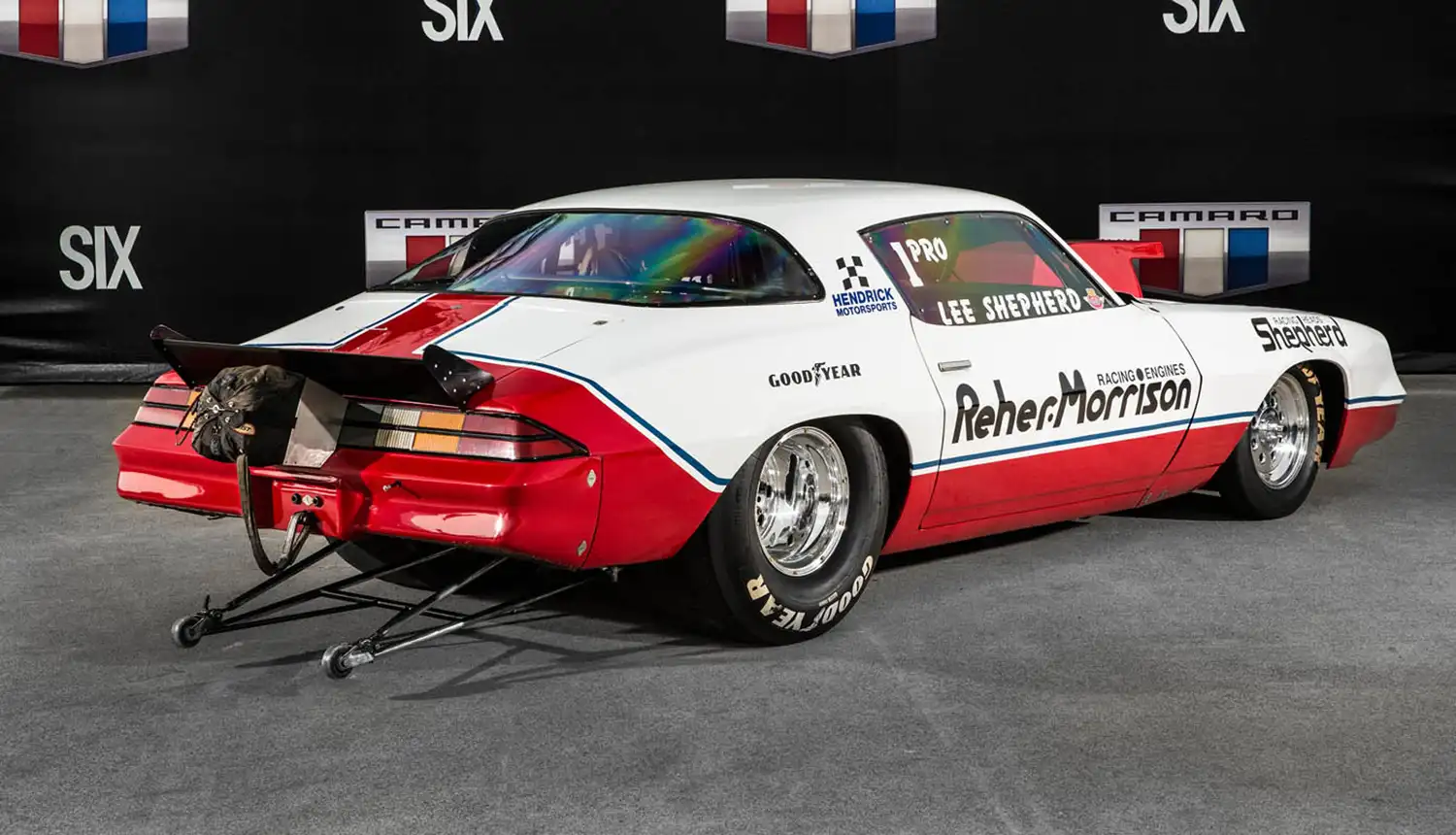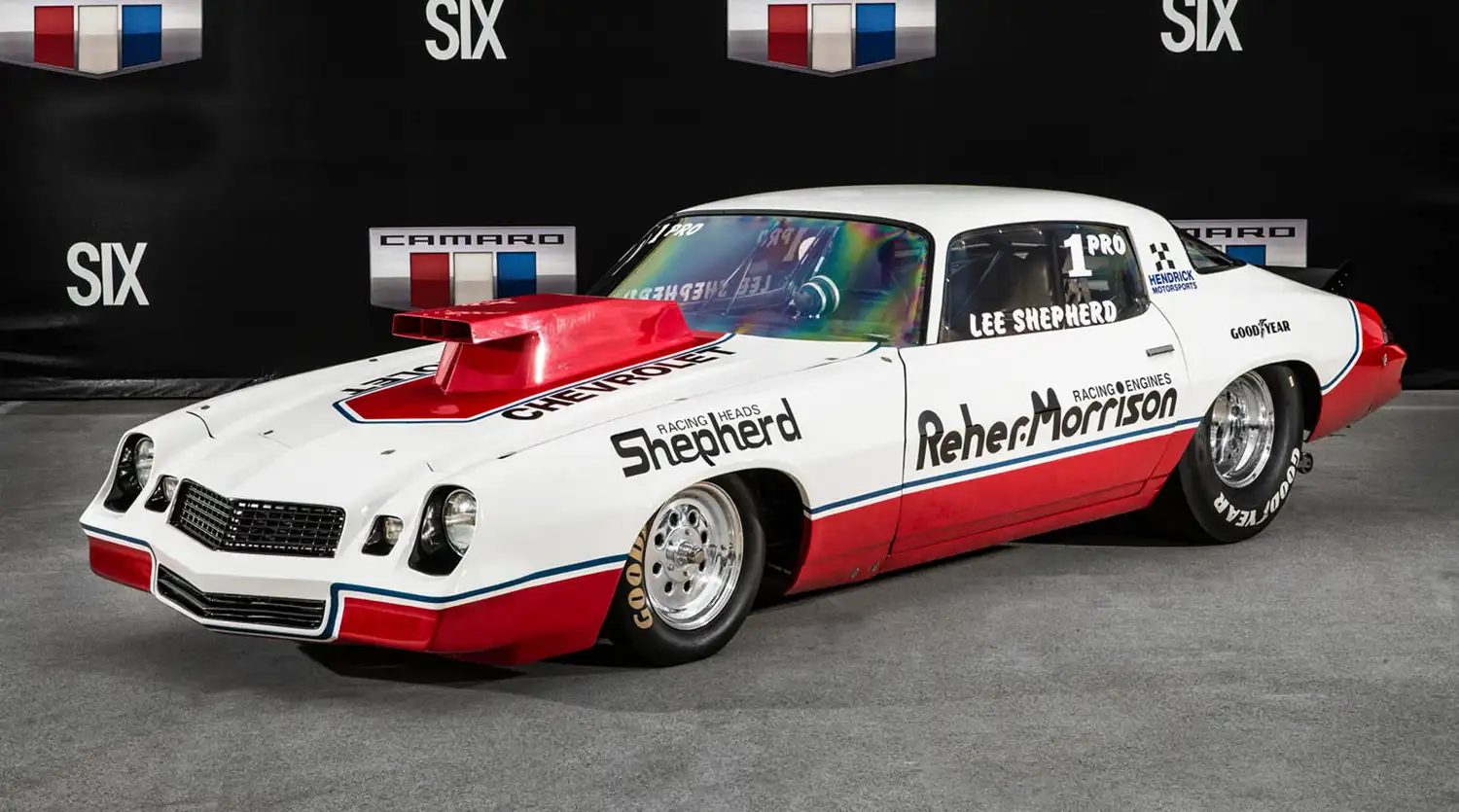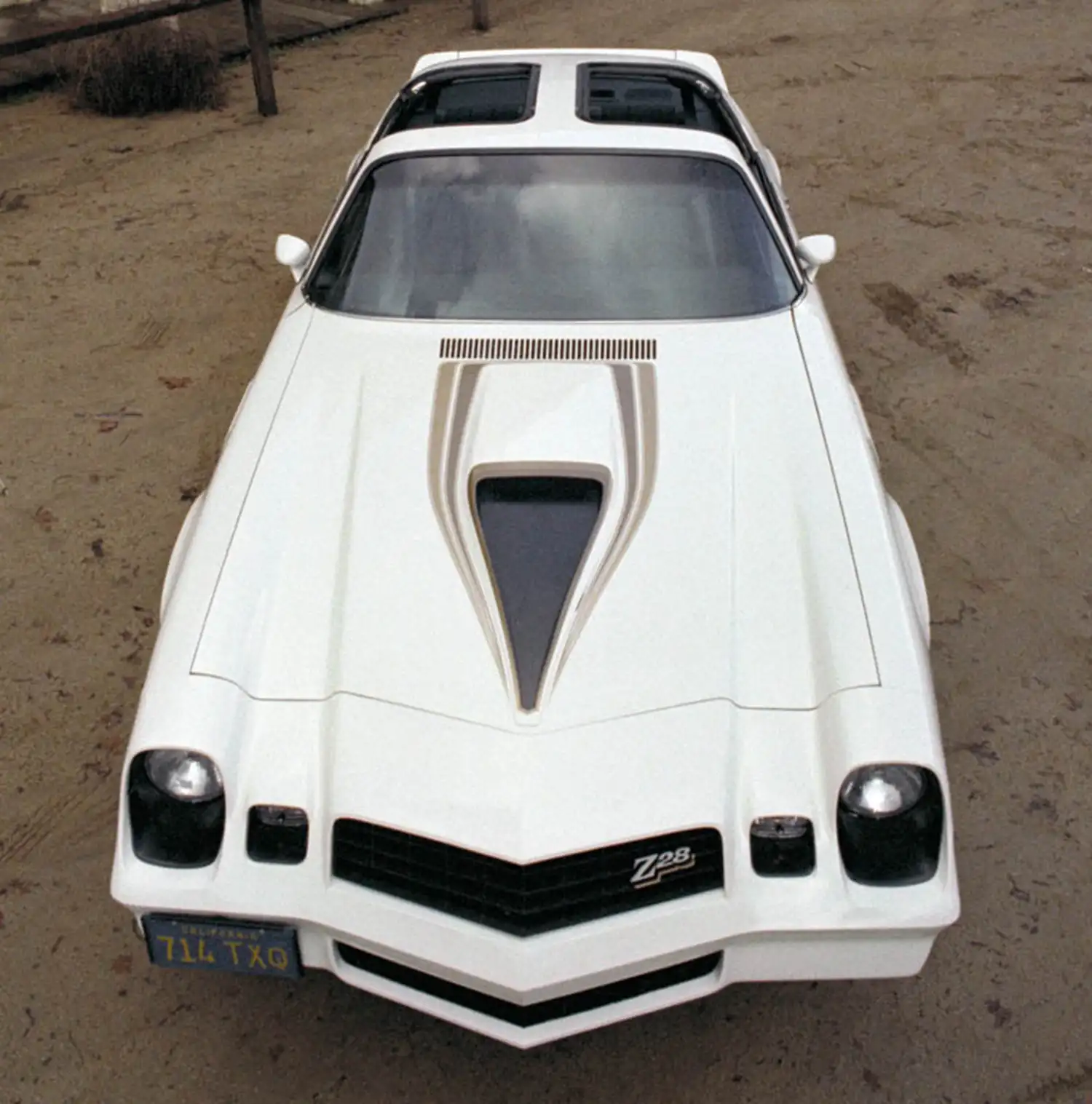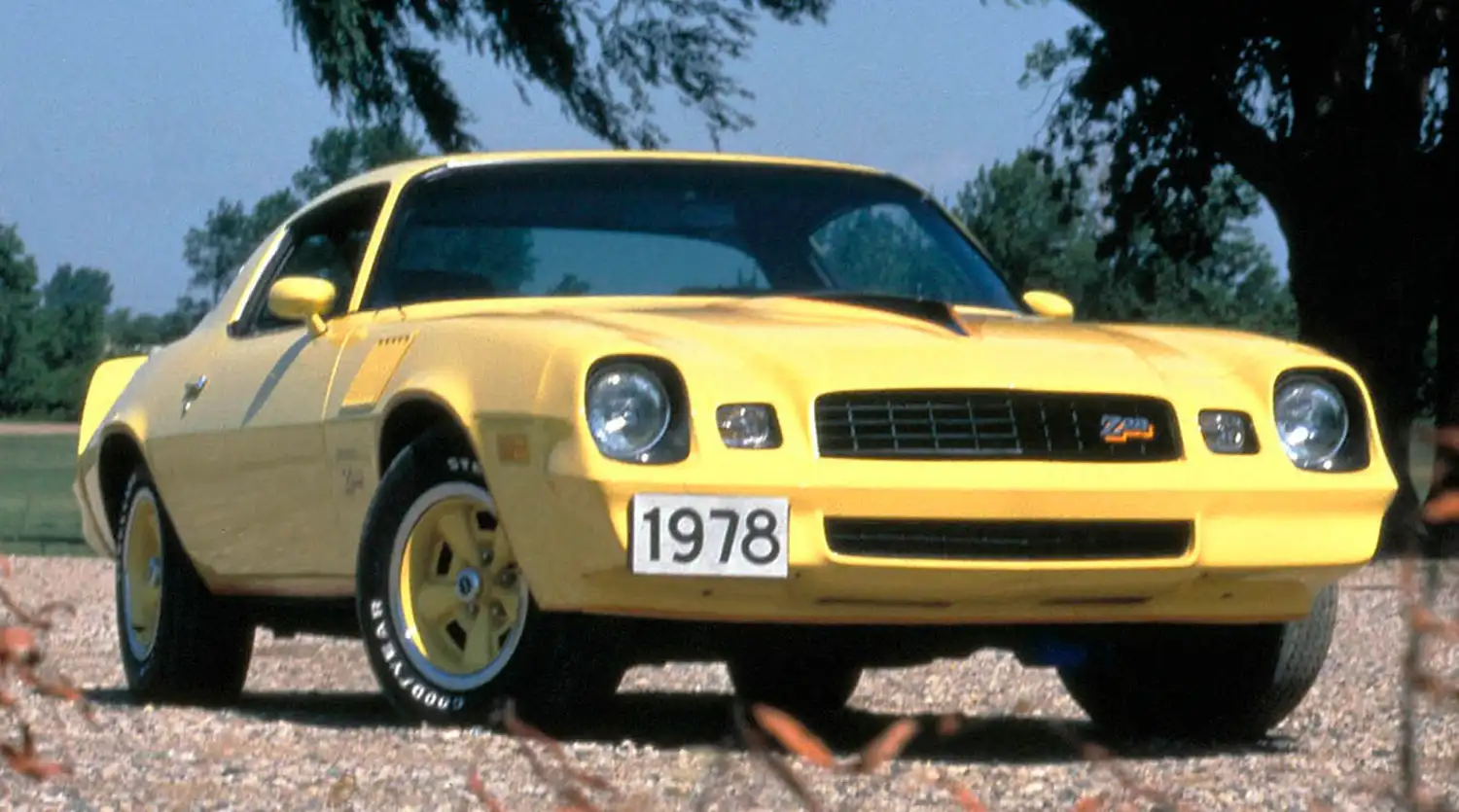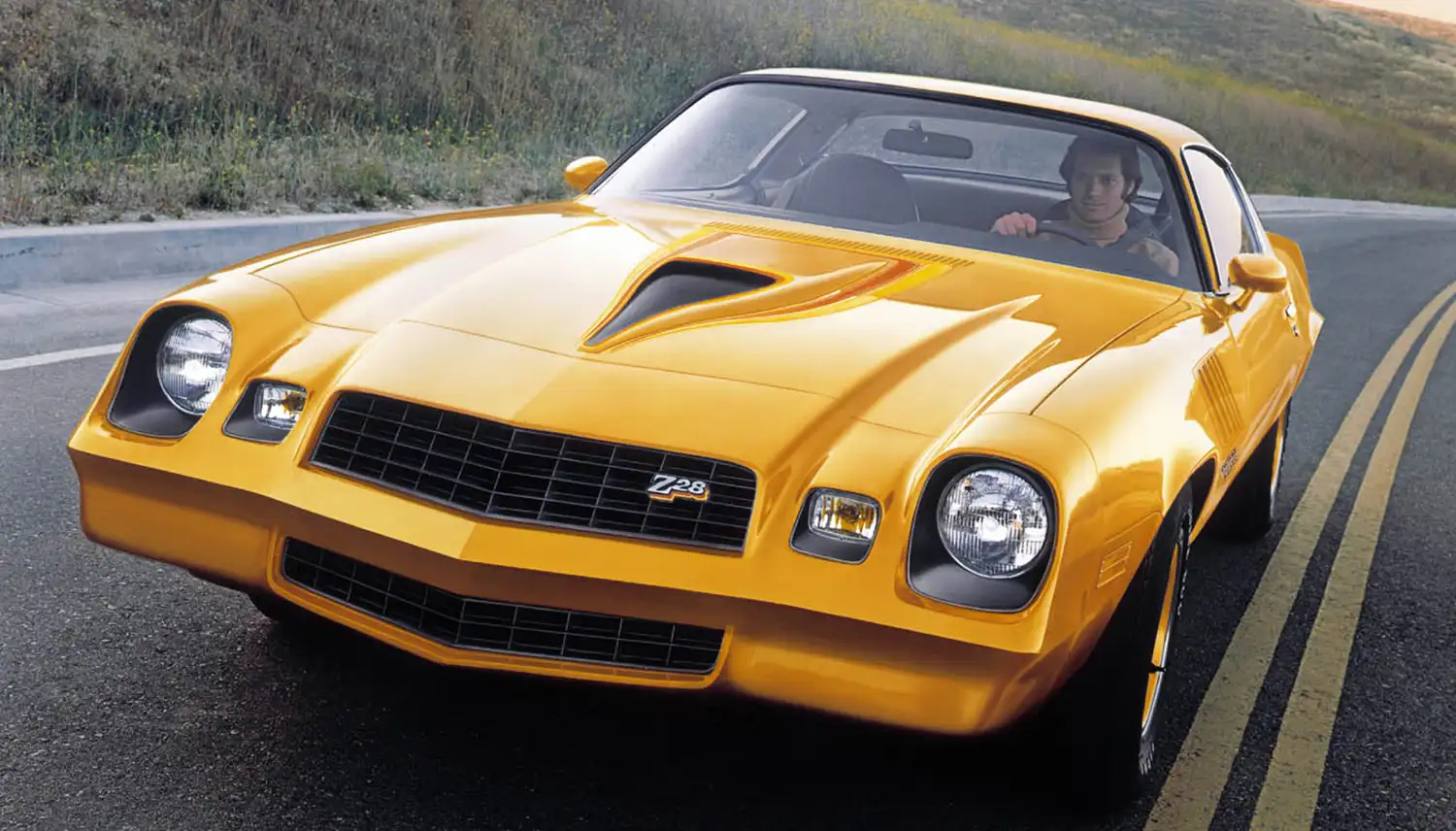
The Chevrolet Camaro, an iconic American muscle car, underwent significant transformations during its second generation (1970-1981). One of the most notable changes came with the second facelift in 1978, which marked the final phase of this generation. This update brought aesthetic enhancements and subtle mechanical improvements, ensuring the Camaro remained competitive and appealing to enthusiasts.
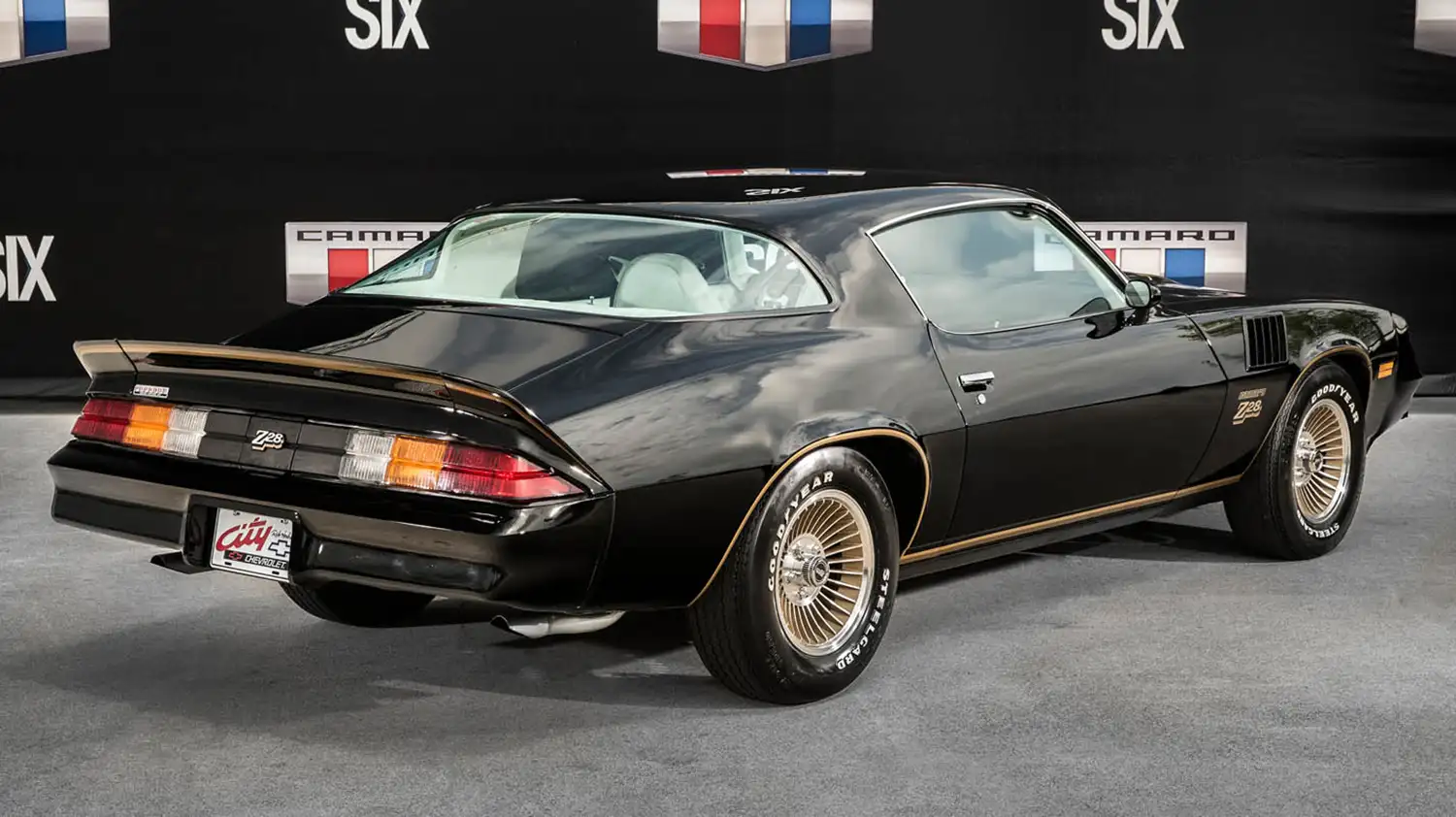
Design Updates
The 1978 facelift introduced a more refined and contemporary look. Key design changes included:
- Front End: The new front fascia featured a more aerodynamic design with a revised grille and quad rectangular headlights. The bumper was seamlessly integrated into the body, offering a sleeker appearance.
- Rear End: The taillights were redesigned to wrap around the corners of the car, enhancing its visual width. The bumper design was also updated to match the front.
- Interior: The interior saw improvements in materials and ergonomics, with upgraded seats and a redesigned dashboard that offered better functionality and a more modern look.
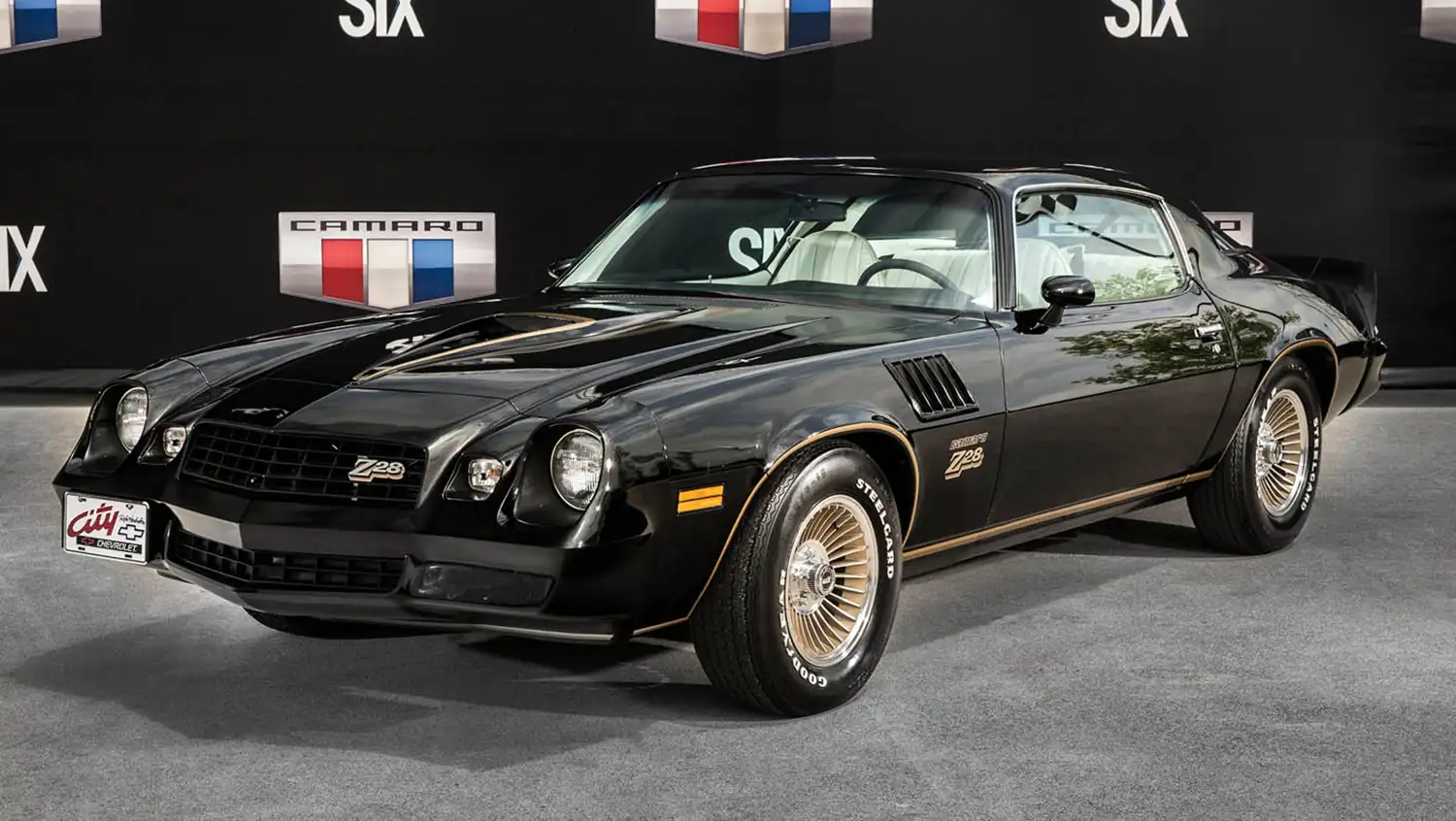
Variants and Specifications
The second facelifted Camaro was available in several variants, each catering to different preferences and performance needs:
- Base Model:
- Engine: Inline-6, 250 cubic inches (4.1L) or V8, 305 cubic inches (5.0L)
- Transmission: 3-speed manual or 3-speed automatic
- Power Output: 110-145 horsepower
- Rally Sport (RS):
- Engine: V8, 305 cubic inches (5.0L)
- Transmission: 3-speed manual or 3-speed automatic
- Power Output: 145 horsepower
- Features: Unique two-tone paint scheme, special badging, and sportier trim.
- Type LT:
- Engine: V8, 305 cubic inches (5.0L)
- Transmission: 3-speed automatic
- Power Output: 145 horsepower
- Features: Luxury-oriented, with upgraded interior materials, additional sound insulation, and premium options.
- Z28:
- Engine: V8, 350 cubic inches (5.7L)
- Transmission: 4-speed manual or 3-speed automatic
- Power Output: 185-190 horsepower
- Features: Performance-focused, with a sport-tuned suspension, unique hood scoop, front and rear spoilers, and distinctive graphics.
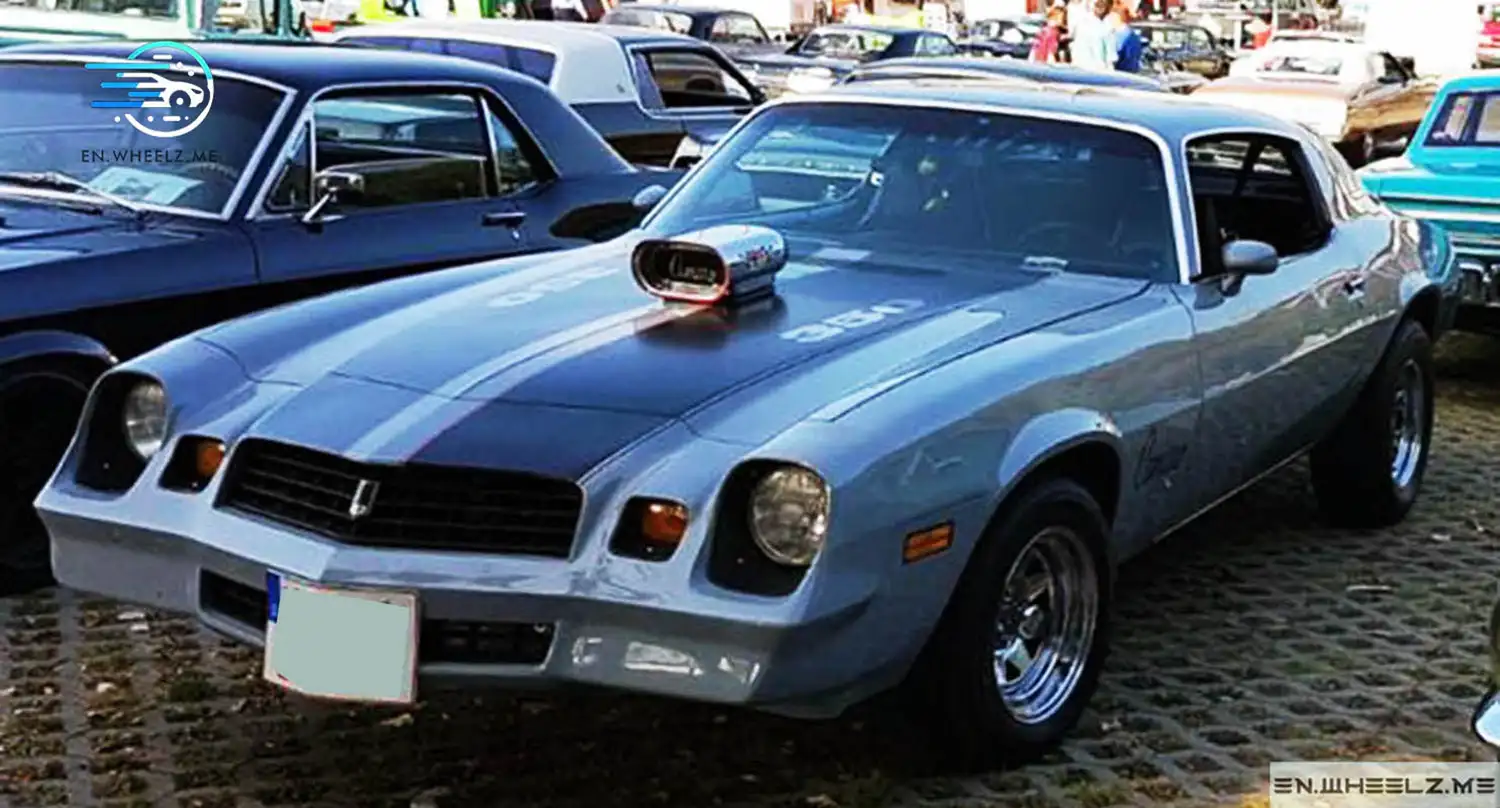
Performance and Legacy
The 1978-1981 Camaros were well-regarded for their blend of style, comfort, and performance. The Z28, in particular, stood out with its potent V8 engine and handling prowess, becoming a favorite among muscle car enthusiasts.
While the second generation faced increasing emissions regulations and fuel economy concerns, the Camaro managed to retain its appeal through these updates. The second facelift ensured the Camaro stayed relevant in a rapidly changing automotive landscape, solidifying its status as a quintessential American muscle car.
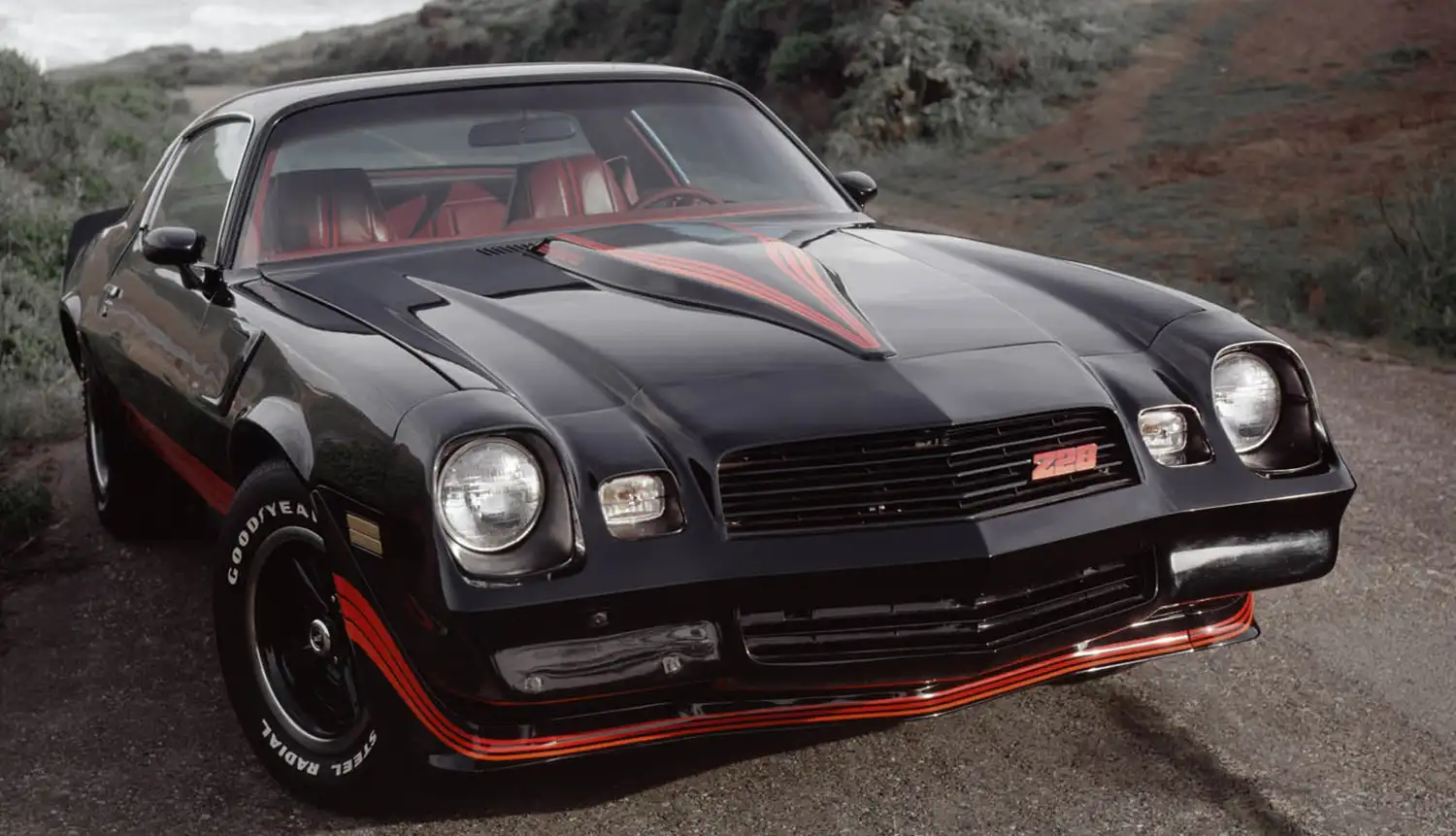
Today, the 1978-1981 Camaros are cherished by collectors and enthusiasts, representing a nostalgic era of automotive design and performance. The second facelift played a crucial role in preserving the Camaro’s legacy, making it a memorable chapter in the storied history of this legendary vehicle.
Source: Chevrolet
This Article use tools from Chatgpt
